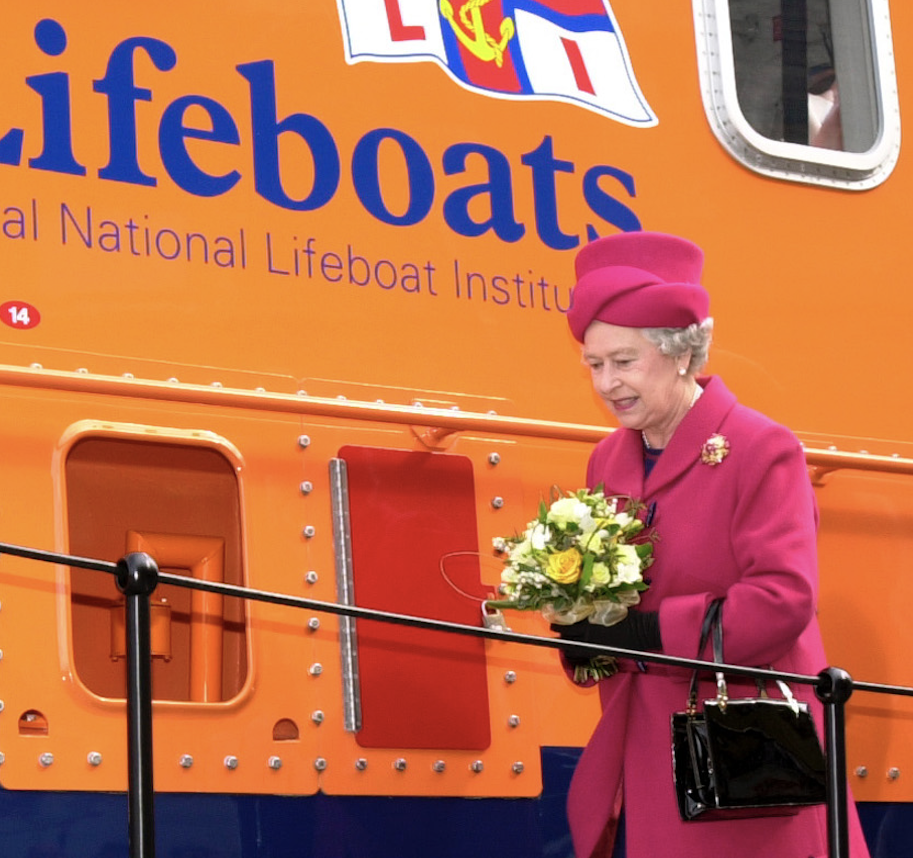
During her 70-year reign, the Queen was connected with hundreds of charities, as well as many public bodies and service organisations. More than 3,000 organisations have a royal patron or president – the queen herself held more than 600 of these patronages.
Royal patronages
The Royal Family website outlines the benefit of a royal patronage as providing “vital publicity for the work of these organisations and allowing their enormous achievements and contributions to society to be recognised”.
A monarch’s patronages are often inherited automatically – the Queen was the patron of the Mothers’ Union, for an example: a role first held by Queen Victoria in 1898. King Charles is now expected to inherit many, if not all, of the patronages held by his mother. Where royal patronages are not inherited but newly acquired, the organisation or cause is usually one the patron has a personal or local connection to.
There is no set time for a patronage in charity governance regulation – sometimes patrons are recruited simply for a one-off campaign period; others are for life. Patrons are generally non-members of charities, and they are very distinct from the role of trustee. They tend to be someone who agrees to lend their name and credibility as a means of supporting an organisation. Unlike trustees, patrons do not take on any responsibility for running the charity and they cannot stipulate how funds are spent.
The Queen’s charity affiliations
When the Queen celebrated her 60th year on the throne in 2012, the Charities Aid Foundation (CAF) published research that found she was among the world’s greatest supporters of charities, and had contributed to raising £1.4 billion for the organisations she was associated with. CAF analysed the causes supported by the Queen and found that the greatest number of organisations in her charity portfolio tackled community and civic issues, closely followed by those dedicated to education and training (14 per cent).
In 2016, at the age of 90 and as part of reducing her public roles in older age, the Queen stepped down as patron from 16 charities, along with nine other non-profit organisations, including Save the Children UK, NSPCC, Battersea Dogs Home and Royal Geographical Society.
Patronages and presidential roles the Queen held spanned causes from farming to women’s issues, physiotherapy to engineering, the arts to the armed forces. Some of the most well-known charities she was patron of included Barnardo’s, Cancer Research UK and The Stroke Association.
One of the Queen’s longest patronages was with The British Red Cross, which spanned seven decades. Her support began in 1948 when, as Princess Elizabeth, she became patron of the British Junior Red Cross. The British Red Cross says:
“Countless Red Cross appeals for disasters and tragedies have benefited from her generous donations. Most recently, Her Majesty donated to the National Emergencies Trust Coronavirus Appeal and the Tonga earthquake appeal in 2022. The Queen has also been a source of support and comfort to people during some of the toughest times in their lives. Her Majesty met Red Cross staff and volunteers on numerous occasions over the years, including as they supported the victims of major crises at Aberfan and Grenfell Tower.”
The sector’s response to the Queen’s death
The response from the sector to date has been varied, ranging from cancelling events, press and marketing activity until after the official mourning period ends on Monday 19 September such as the RNLI, to those who took a momentary pause on communications for a few days before resuming business as usual.
The Great North Run took place as scheduled on Sunday 11 September with thousands of runners and spectators taking part in the event. Organisers said, “It was a fitting tribute to the Queen, to honour her life and service, whilst also celebrating people raising much needed funds for worthy causes”.
Dozens of charities took to social media in the minutes and hours following the announcement of the Queen’s death, to express their condolences:
We are extremely saddened to learn of the death of Her Majesty The Queen.
The longest-serving British monarch in history, Queen Elizabeth II’s devotion to duty and public service was renowned.
Our deepest sympathy goes out to the Royal Family.https://t.co/6LAQTEIp3t
— Whizz Kidz (@WhizzKidz) September 8, 2022
We’re deeply saddened by the news of the death of Her Majesty The Queen. During her reign, The Queen’s towering leadership and unshakable integrity were a source of pride and inspiration for generations of people around the world. (1/3) pic.twitter.com/FMFNmfcORD
— National Trust (@nationaltrust) September 8, 2022
We are deeply saddened to hear of the death of HM Queen Elizabeth II. Our thoughts are with the Royal Family.
We won’t be posting on our social media channels during this time of mourning. But our MS Helpline, website and services are available to anyone who needs them. pic.twitter.com/vvi8IutKSu
— MS Society UK (@mssocietyuk) September 8, 2022
Other non-profit organisations, such as Young Minds UK, Spark & Co and Kids of Colour, offered context as to how the news and national response were complex and problematic for many. Martha Awojobi, curator of BAME Online, a charity conference by people of colour for people of colour, encouraged organisations in the sector to centre and acknowledge their staff, volunteers, supporters, and the communities they work in, from formerly colonised countries in their response to the news of the Queen’s passing.
Several sector bodies have released information and guidance for charities in the past week to provide advice on how to handle their affairs in the coming days and weeks:
- Fundraising Regulator and Chartered Institute of Fundraising: Statement regarding the death of Her Majesty Queen Elizabeth II
- NCVO: What charities need to know during this period of mourning
- CharityComms: Things for charity communicators consider in the wake of the Queen’s death
Friday 16 September 2022
_________________________________________________________________________________________
If you would like to discuss our THINKing further, please contact our central office on info@thinkcs.org.
You can also find us on LinkedIn at THINK Consulting Solutions and on twitter @ThinkCS where we share useful industry insights.
Related posts
Did our 2025 predictions come true? Reflections from the THINK team
We revisit our January 2025 fundraising predictions and explore what actually happened: what…


What the 2025 community fundraising mystery shop reveals about the supporter experience
This year’s THINK mystery shop shows that when charities invest in meaningful engagement,…


How do charity services shape local fundraising?
In his first month as THINK’s new Director of Data, Steven White reflects…

Sign up to our email newsletter
We call it ‘Something to THINK About’ – a regular dose of sector insight, ideas and updates, straight to your inbox.
